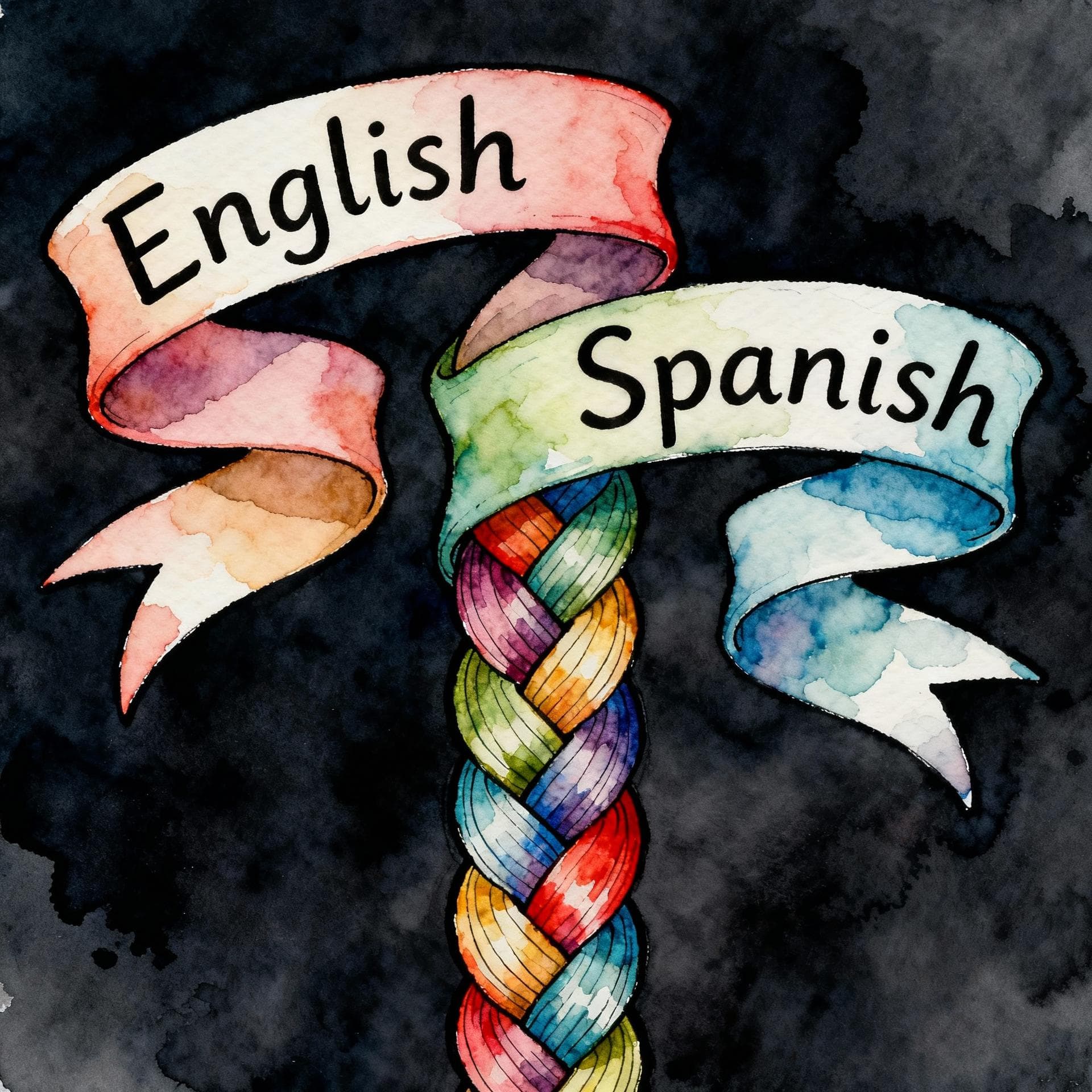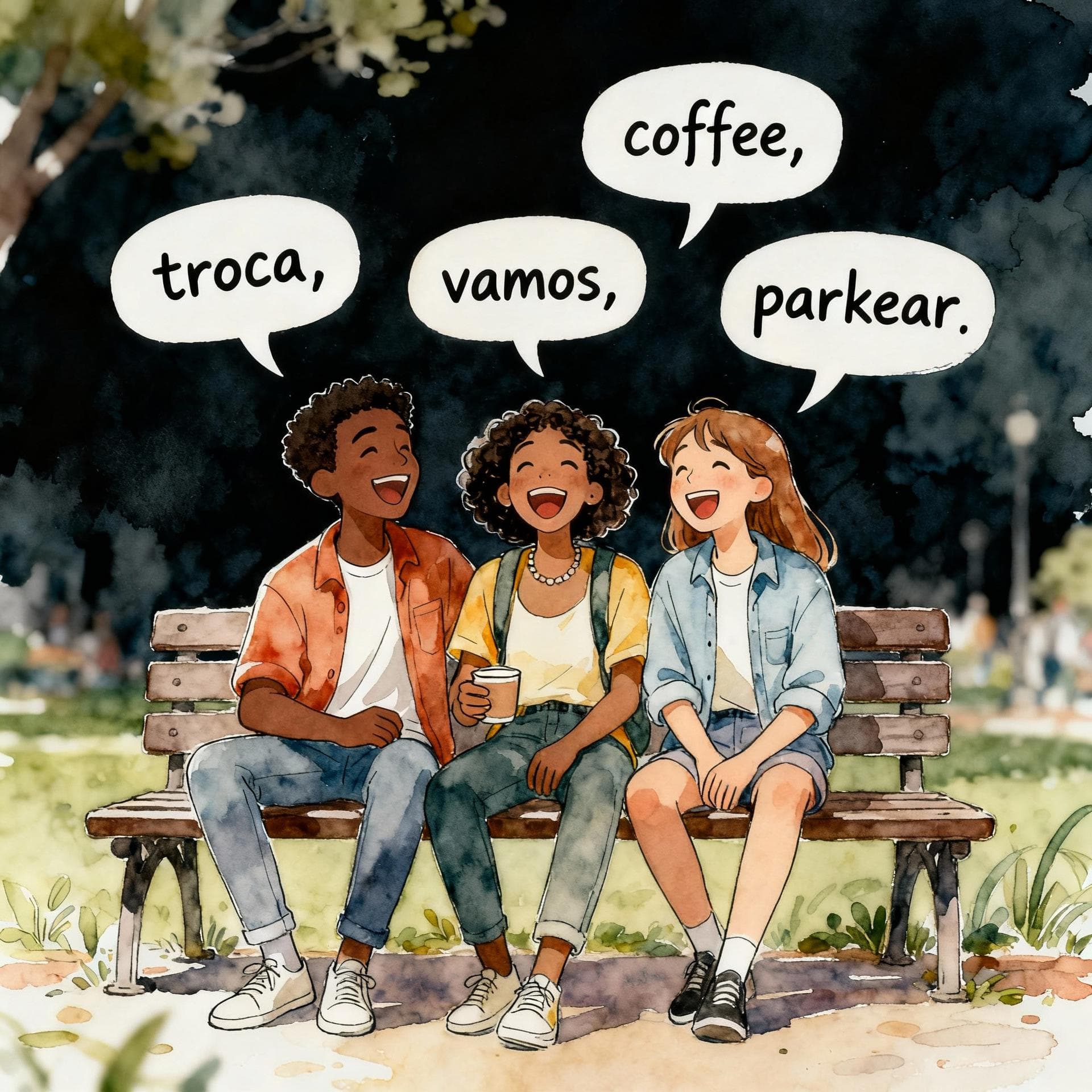Have you ever been listening to a song or talking with a friend and heard a sentence like, "Hey, I need to vacunar la carpeta"? You might recognize the Spanish words, but the phrase itself sounds a little... different.
"Vacunar la carpeta" literally translates to "vaccinate the carpet," which doesn't make much sense. It's a classic example of Spanglish, a creative and literal translation of the English phrase "to vacuum the carpet."
This vibrant mix of Spanish and English is everywhere, from music and movies to everyday conversations across the United States and beyond. But what exactly is it? And does it count as a real language? Let's dive in and find out.
What is Spanglish?
Spanglish is not a formal language with a dictionary and strict grammar rules. Instead, it's a broad term for the blending of Spanish and English vocabulary and grammar. It's what happens when two languages meet, mingle, and create something new and expressive.
It's a natural linguistic phenomenon that arises in bilingual communities, especially where Spanish speakers live in an English-dominant environment. Think of it as a linguistic dance where speakers fluidly switch between partners (languages) to best express themselves.

How Spanglish Works: The Creative "Rules"
While Spanglish doesn't have a formal rulebook, there are common ways it shows up in conversation.
1. Code-Switching
This is the most common feature of Spanglish. It’s the practice of switching between Spanish and English in the middle of a sentence or conversation.
- "I'm going to the store, y después I need to pick up my brother."
- "My mom told me que tenemos que limpiar la casa before the party."
It's a seamless way for bilinguals to use the words that come to mind most naturally.
Which part of this sentence is the code-switch? 'Tengo que ir al trabajo, but first I need coffee.'
2. Borrowing and Adapting (Loanwords)
This involves taking an English word and giving it a Spanish twist, either by changing its pronunciation or adding a Spanish ending.
For example, the English verb "to park" becomes the Spanglish verb parkearto park. The noun "truck" often becomes la trocatruck.
Here's a look at how an English word gets adapted.
Drag the handle to compare
To learn more about how Spanish verbs work, check out our guides on regular -ar verbs or regular -er and -ir verbs.
3. Calques (Literal Translations)
This is what we saw with "vaccinating the carpet." A calque is when you directly translate a phrase or idiom from one language to another, word for word, even if it sounds unnatural in the second language.
A very common example is translating "to call back" as "llamar para atrás."
Drag the handle to compare
While "llamar para atrás" is understood by Spanglish speakers, a native Spanish speaker from Spain or most of Latin America might be confused. The correct way to say "I'll call you back" is Te devuelvo la llamada.
So... Is Spanglish a Real Language?
This is the big question, and the answer is a little complex: It depends on your definition of "language."
Most linguists would classify Spanglish as a hybrid language or a contact language phenomenon, rather than a fully-fledged, standardized language like Spanish, English, or French. This is because it lacks:
- A standardized grammar: The "rules" of Spanglish vary greatly from region to region and even from person to person.
- A consistent vocabulary: The words used are highly dependent on the speaker's personal vocabulary in both languages.
- Official status: No country recognizes Spanglish as an official language.

The Bottom Line
Spanglish is a completely real and valid form of communication, but it is not considered a formal, standardized language. It's a testament to the creativity of bilingual speakers and a powerful symbol of bicultural identity.
Why Spanglish Matters
Spanglish is more than just a linguistic curiosity. For millions of people, it's a fundamental part of their identity. It reflects the experience of living between two cultures and two languages. It’s a way to build community, share jokes, and express thoughts and feelings that might not fit perfectly into just one language.
Rather than seeing it as "incorrect" Spanish or English, we should see it as a clever and efficient communication tool. It shows the human brain's amazing ability to adapt and use all its linguistic resources.
Ready to practice your sentence-building skills in standard Spanish? Give this a try!
Arrange the words to form a correct sentence:
If you enjoy learning about identity and culture through language, explore our collection of Spanish stories at various levels, such as A1 stories or B2 stories.
Spanglish is a fascinating, ever-evolving part of the linguistic landscape. It highlights the beauty that happens when cultures connect. As you continue your Spanish learning journey with InkLingo, listen for these creative combinations—they tell a rich story of culture, identity, and communication.
